
Creating An Audio Switch
Wed Jul 01 2020
This post covers a bit of an old project, but I wanted to write about how I made my 3.5mm audio switch. The goal of this project was to make an audio switch that had multiple inputs and multiple outputs. At the time, I could not find a commercial product that did this, and similar DIY projects only had multiple inputs and a single output rather than numerous inputs and outputs.
I started this project by making a wiring schematic.


2018 Rochester Maker Faire
Sun Dec 02 2018
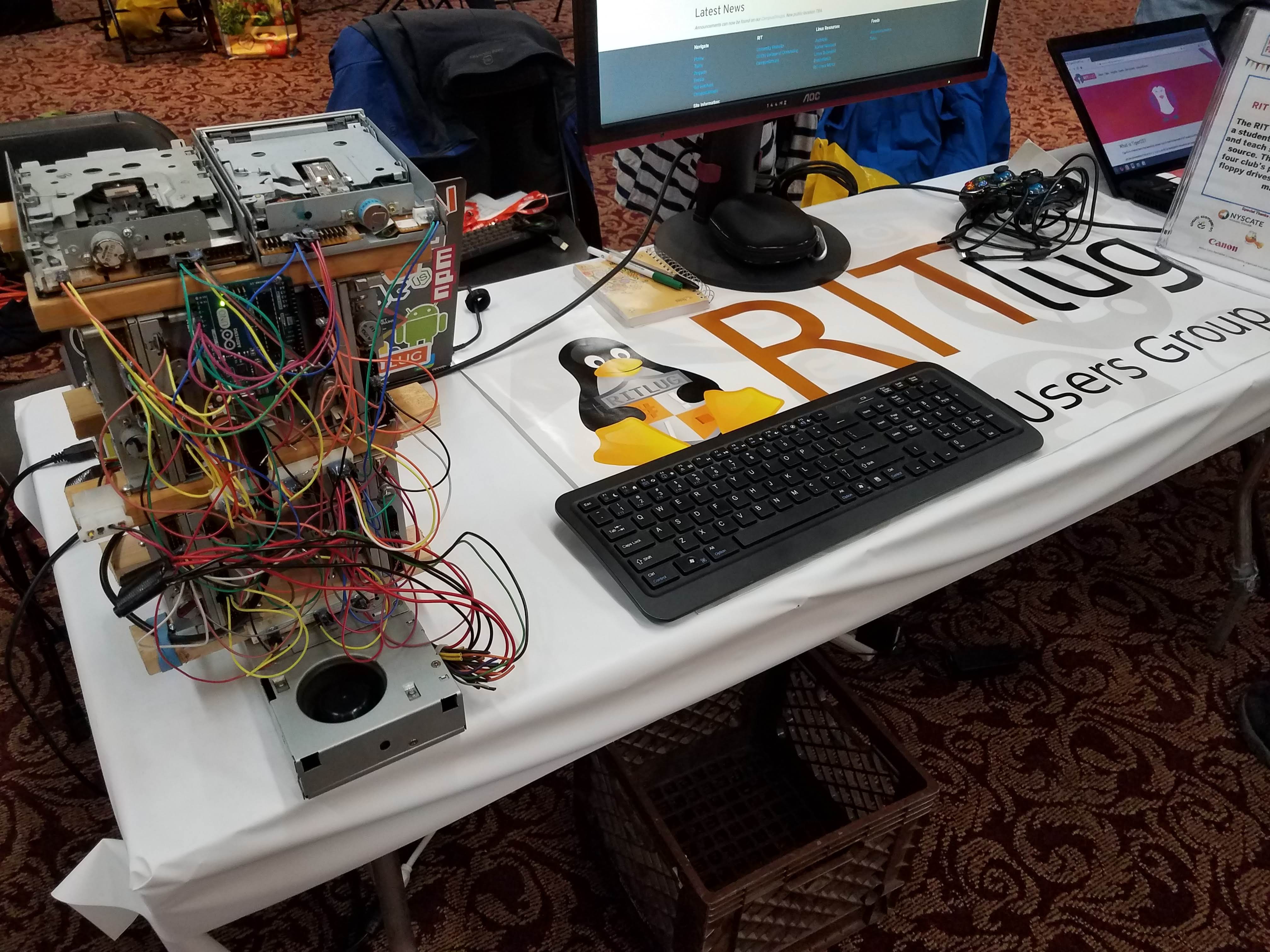
1 Introduction
A few weeks ago I presented my musical floppy drives at the Rochester Maker Faire with RITlug. Wow, that sentence had a ton of links– you should check them out. This post is a quick recap of my experience at the Maker Faire and a project update for my musical floppy drive project. For those of you who don’t know, Maker Faires are community gatherings where people “celebrate arts, crafts, engineering, science projects and the Do-It-Yourself (DIY) mindset”.
I would like to give a huge thanks to Christian for providing me with some of these pictures and RITlug for giving me the opportunity to present at the Maker Faire.
2 Project Background
DDR4 Ram Introduction
Fri Mar 06 2015
0.1 Overview
DDR4 ram is the successor to DDR3 ram and has many benefits. DDR3 ram is currently what most computers use, and it came out in 2007.
0.2 What DRR4 Stand for:
Double Data Rate Fourth Generation Synchronous Dynamic Random-Access Memory
0.3 DDR4 achieved higher efficiency
Hard Drive Speeds
Thu Aug 07 2014
Many people don’t realize that the slowest part of their computer is the hard drive. The read and write speeds of a hard drive affects the computer’s performance. The most affected processes are the boot time and time it takes to open an application.
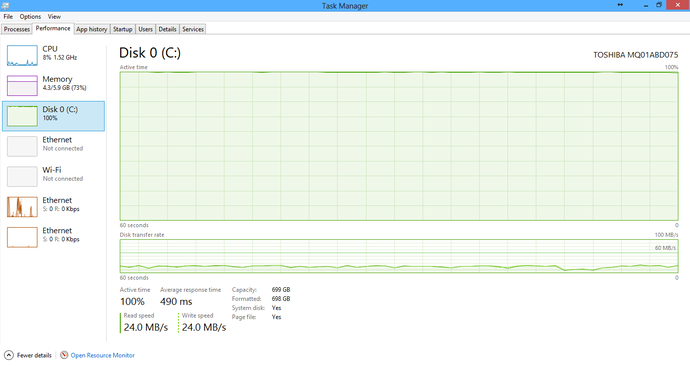
0.1 Experiment
I decided to explore the speed differences between several types of hard drives. In all the trials I used a program called Parkdale for speed measurements. *Please note that these are just the hard drives I had lying around, there can be great variation of performances between different manufacturers.
0.2 5400 RPM Toshiba Laptop HHD
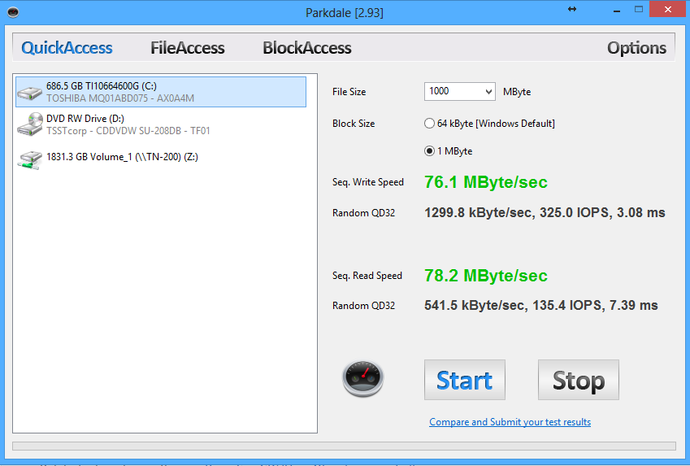
0.3 7200 RPM HHD
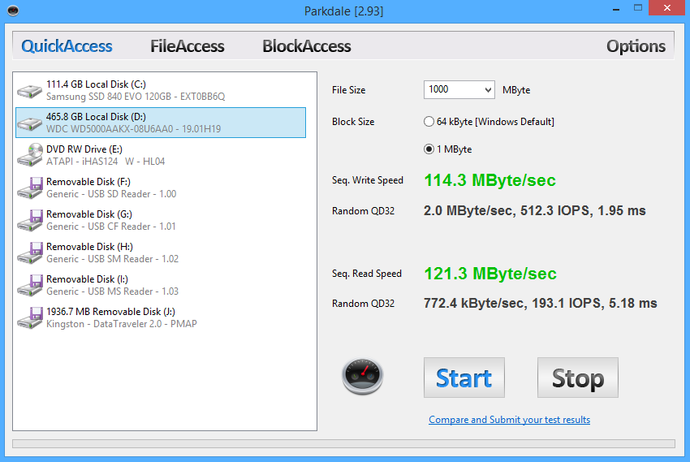
0.4 Samsung 840 EVO SSD

0.5 Kingston SSD
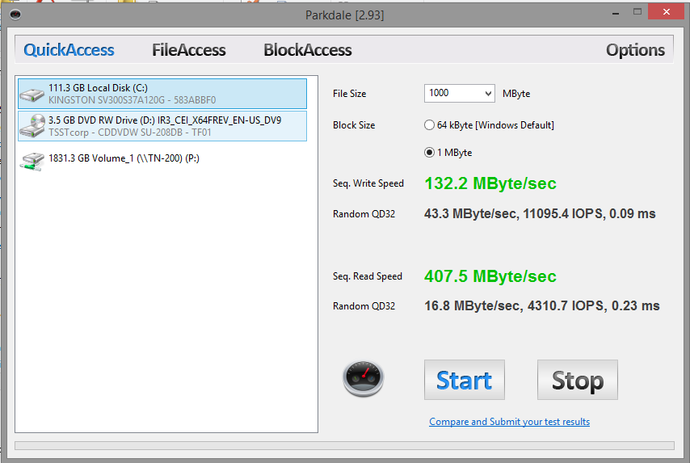
0.6 Conclusion
Recent Posts
Visualizing Fitbit GPS DataRunning a Minecraft Server With Docker
DIY Video Hosting Server
Running Scala Code in Docker
Quadtree Animations with Matplotlib
2020 in Review
Segmenting Images With Quadtrees
Implementing a Quadtree in Python
Parallel Java Performance Overview
Pandoc Syntax Highlighting With Prism